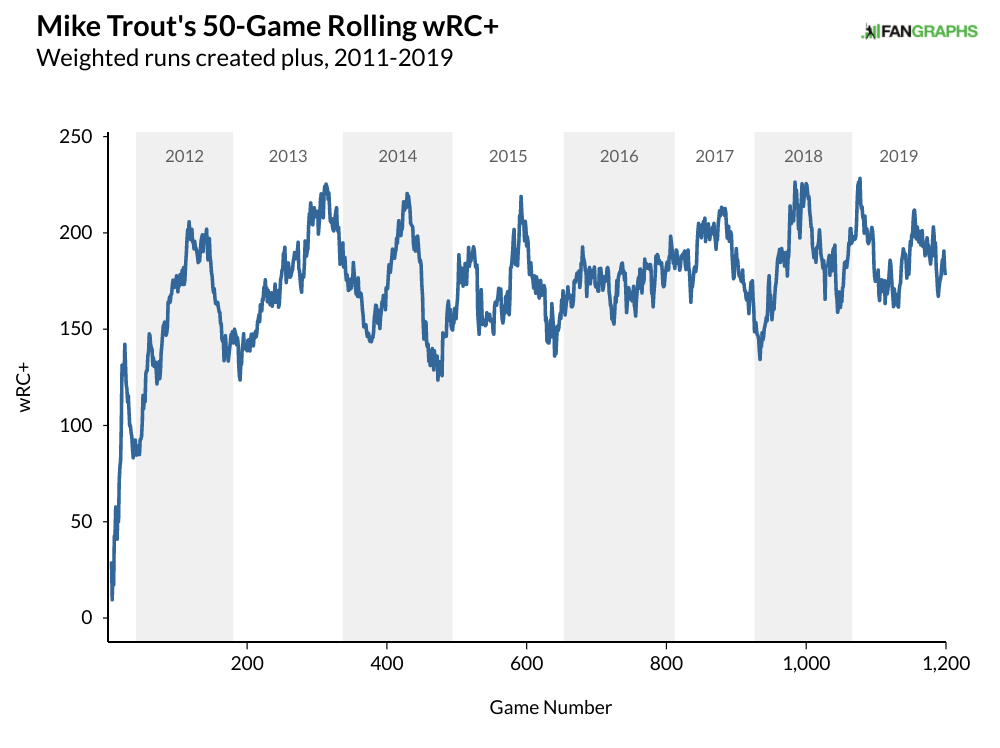COVID-19 Roundup: Everybody But Baseball?
This is the latest installment of a series in which the FanGraphs staff rounds up the latest developments regarding the COVID-19 virus’ effect on baseball.
NBA Board of Governors Officially Greenlights Return
There’s more work to be done before the NBA’s tentative July 31 return date, but team owners officially officially approved the pending proposal for the league’s restart. The vote 29-1 in favor, with only the Portland Trail Blazers voting nay because of a disagreement on the structure, and clears the NBA’s next steps: finalizing the COVID-19 safety requirements and getting the final approval of the players. To mitigate the difficulties of traveling in the midst of the pandemic, the games will be played at Disney World at the ESPN Wide World of Sports Complex.
The players will be having a virtual meeting Friday afternoon, but the NBA and the NBPA have consistently kept an open dialogue about the status of the season and what a return would look like.
NHL Playoff Format Agreement
After an agreement between owners and players on this very subject, the NHL officially announced what the league’s playoffs will look like. After five-game qualifiers, teams will play seven-game series, with teams being re-seeded after every round instead of bracketed. An official start date has not been set, but this clears one of the remaining hurdles for the NHL to return to play, along with the NBA. What remains for the NHL is to finalize agreements for training camps, game protocols, and game hubs, the last as the NHL is unlikely to take the same “one location” tack the NBA is. Read the rest of this entry »

